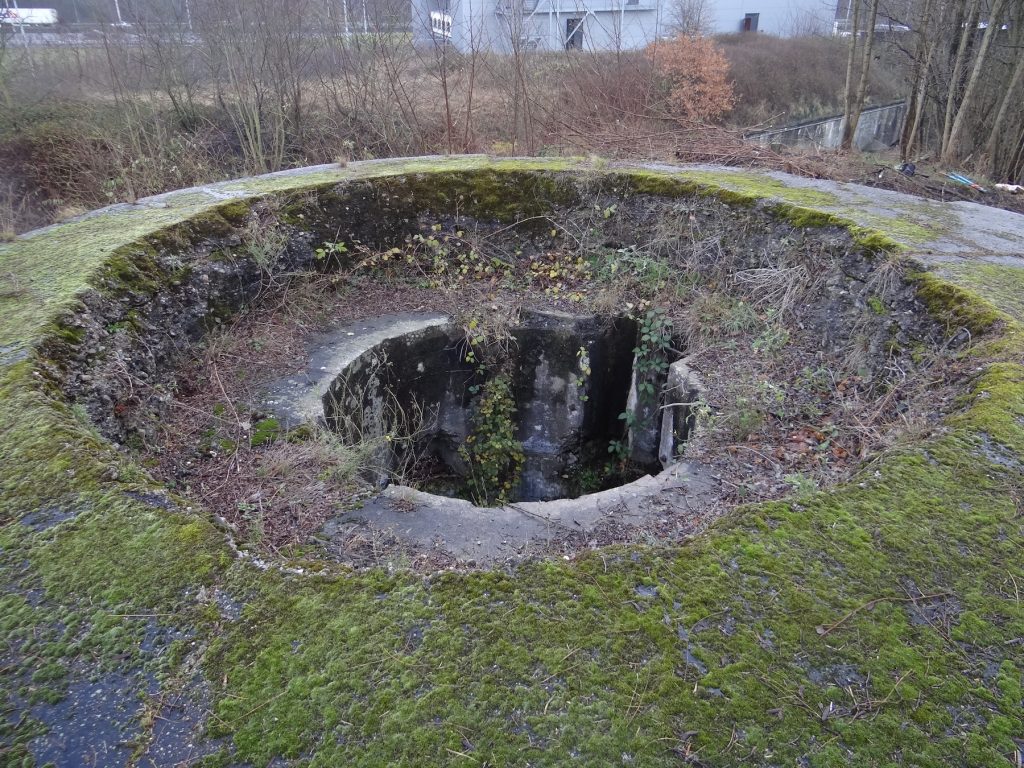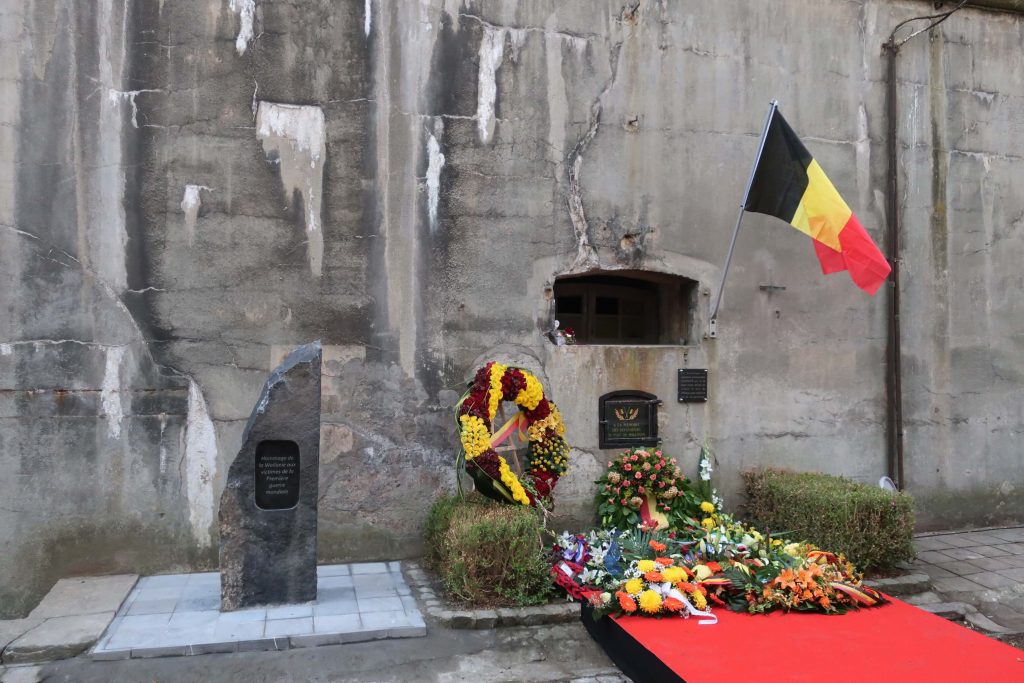The fort was built between 1888 and 1892 under the command of General Brialmont, the father of modern fortification. Unlike the French forts of that time, Fort Hollogne was constructed entirely of unreinforced concrete, a relatively new material at the time.
During the Battle of Liège in the First World War, the Germans bombed the fort heavily. Finally, after three days of uninterrupted bombardment, the fort ran out of ammunition. It surrendered to German troops on the morning of August 16. Only ten minutes after Fort Flémalle had already surrendered.
Unlike other forts of the Fortified Position of Liège, Fort Hollogne was not modernized during the interwar period. Instead, the Belgian army converted it into an ammunition depot in 1918.
During the Second World War, the Stukas (units of the Luftwaffe, the German air force) bombed the fort by mistake. The latter had confused it with Fort Flémalle. After another short period of German occupation, the fort was used as a military hospital. The fort hosted wounded American troops during the winter of 1944-1945, during the Battle of the Bulge.
Then, the Belgian Air Force transformed the fort into a command post during the Cold War. Finally, in 1994, on the personal intervention of King Albert, the Committee for the Safeguarding of Forts obtained permission to manage the site.
Today, Fort Hollogne has become a museum. It is the site of many commemorative ceremonies. It also regularly hosts exhibitions. These exhibitions tell the story of the Second World War and the rise of Nazism in Europe. Visit Fort Hollogne and learn its fascinating history today!


